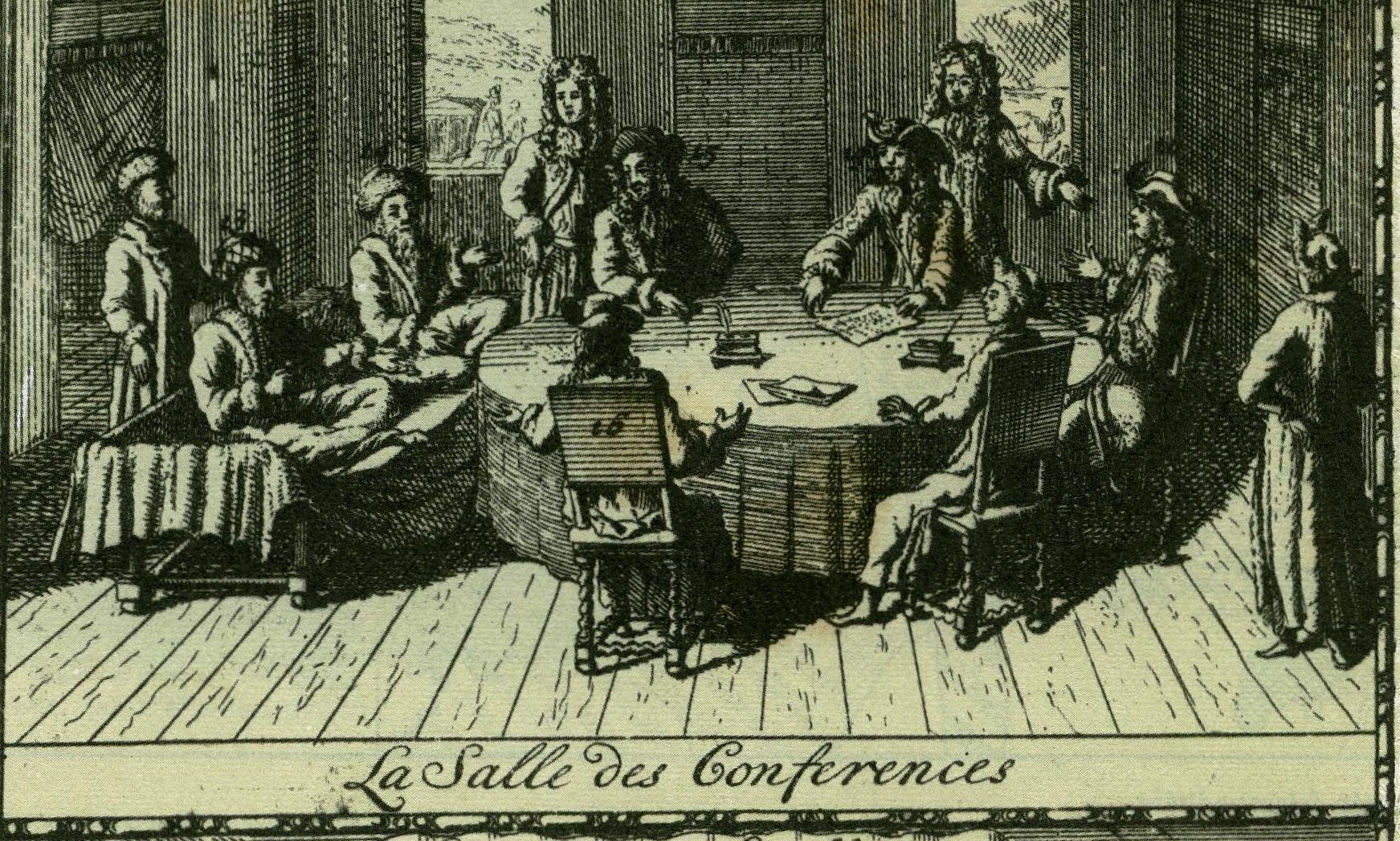
In the footsteps of Prince Imre Thököly and his wife Ilona Zrínyi.Continue reading

On January 26, 1699, at 11:45 a.m., the Peace of Karlóca (Karlowitz) was signed, redefining the power relations in Central and Eastern Europe ending 150 years of Turkish rule in Hungary, as remembered by Magyar Szó.
After the devastating defeat of the medieval Hungarian state at Mohács (southern part Hungary) on August 29, 1526, the Turks conquered Buda 15 years later to the day, in 1541. The country was divided into three parts, and for almost a century and a half, the borderline between the Habsburg and Ottoman Empires stood in the middle of Hungary, becoming a theater of war.
The Habsburgs, whose treasury was constantly empty and preoccupied with their European power games, reaffirmed peace with the Ottoman Porte time to time.
Even after the Christian armies had won a huge victory at the Battle of St. Gotthard (western Hungary) in 1664, the Peace of Frieden von Eisenburg left all their conquests in the hands of the Ottomans.
The turbulent period that followed was marked uprisings by Hungarian noblemen against the Habsburg rule.
The Ottoman Empire, already in decline, attempted to take Vienna for a third time in 1683, from where Emperor Leopold I fled but was crushed by the rescuing armies led by Polish King Jan Sobieski. The so called Holy League, formed after the victory of the siege of Vienna. After that the Christian armies liberated Buda in 1686, retook Belgrade (Nándorfehérvár) in 1688, and marched into Transylvania.

Siege of Vienna by Unknown painter. Picture: Wikipedia
The Ottoman army, then reorganized by Grand Vizier Köprülü Mustafa Pasha, suffered a decisive defeat. After several military events, the Christian armies, led by Prince Eugen of Savoya, finally defeated the Ottoman Empire at the Battle of Senta (nowadays Serbia) in 1697.

Prince Eugen of Savoya on Jacob van Schuppen’s portrait. Picture: Wikipedia
The Turks’ resistance was broken by the defeat, and peace negotiations began in early 1698, mediated by the English and Dutch.
By this time, both the Habsburgs and the Ottomans had become interested in peace.
The peace congress was held on neutral territory, near the Danube, halfway between Petrovaradin (Vojvodina, Serbia) and Belgrade, in the ruined village of Karlóca in the Serbian region (now Sremski Karlovci, Serbia).
The Viennese court, without a single Hungarian diplomat in its delegation, was given all of Hungary except the area of the Timiș river (now in Romania), and Transylvania became part of the Habsburg Empire.
For the first time, the Ottoman Empire was now firmly established in the Balkans.
The parties concluded a twenty-five-year armistice, agreeing to exchange prisoners, destroying border forts, and enhancing free trade. The documents, in Latin and Turkish, were signed at 11:45 a.m. on January 26, 1699, the time when the stars were at their most favorable position according to astrologers.
Although the peace freed much of Hungary from a century and a half of Turkish rule, it did not formalize its sovereignty, and the Turkish threat did not disappear completely.
Via Magyar Szó; Featured Image: Wikipedia